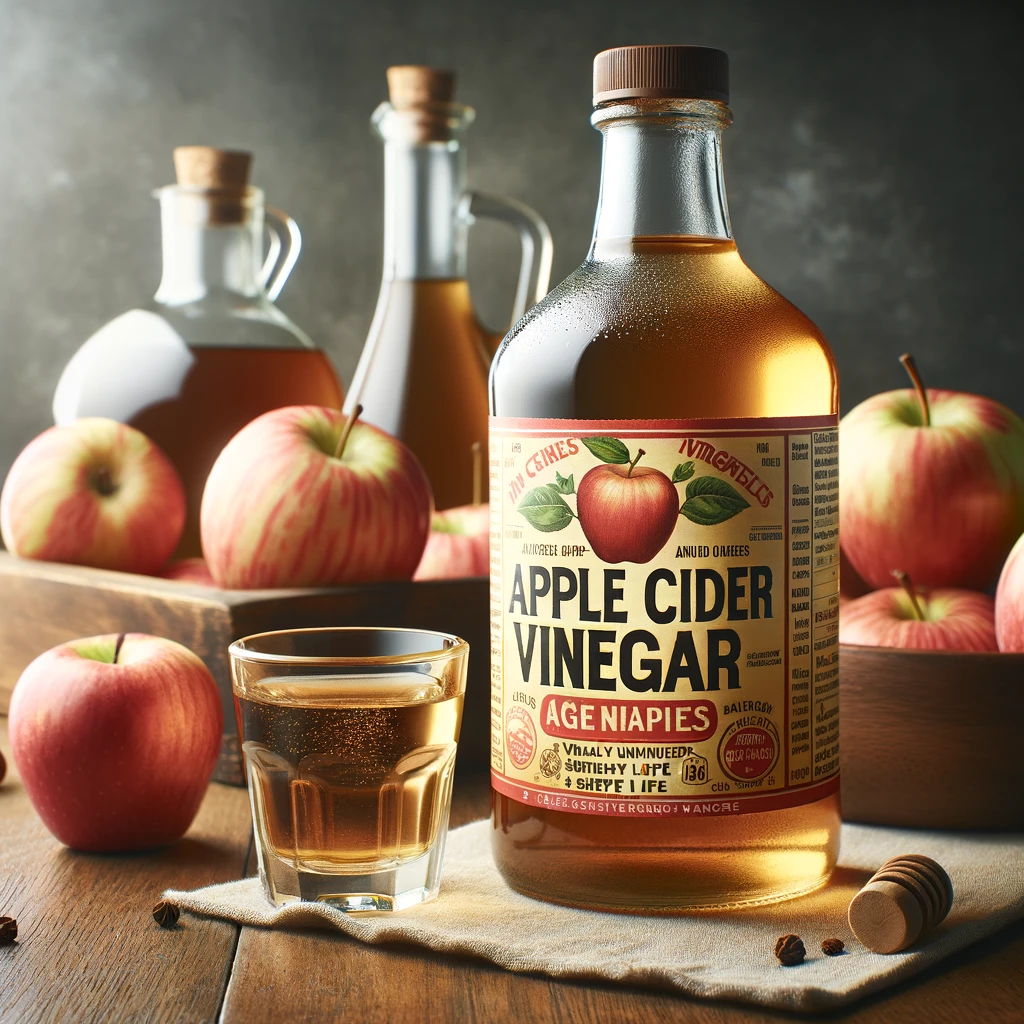Grocery shopping can often feel like navigating a minefield of marketing tactics designed to coax more dollars out of your wallet. From eye-catching displays to strategic pricing, supermarkets use a variety of techniques that can mislead even the savviest shoppers. In this article, we uncover 14 common misleading grocery marketing tactics. We also provide practical advice on how to sidestep these pitfalls and make informed choices.
1. High-Impact Placement of Expensive Items
Stores strategically place expensive items at eye level to encourage impulse buying. To counter this, look at higher and lower shelves for more reasonably priced options. Often, these areas contain products that offer better value. This simple adjustment in your shopping habits can lead to significant savings.
2. Misleading Sales and Bulk Deals
“Buy one, get one free” deals may not always offer the best value. Compare the unit prices to ensure you are truly saving money. Consider whether you really need the extra item, as this can often lead to unnecessary spending. Sticking to your list can help avoid these pitfalls.
3. Strategic Use of the Bakery
The aroma of freshly baked goods is used to lure shoppers and encourage impulse purchases. To resist temptation, try shopping after you’ve eaten. Recognizing this tactic can help you stick to your shopping plan and avoid unplanned expenses.
4. Deceptive Packaging Sizes
Watch out for ‘shrinkflation‘, where products are subtly reduced in size but not in price. Always check the amount or weight listed on the package. Comparing this information over time can help you spot and avoid these deceptive practices.
5. Placement of Essential Items at the Back
Essentials are often placed at the back of the store, making you walk past many other products. This can lead to unplanned purchases. Focus on going directly to what you need. Avoid browsing other aisles as much as possible.
6. Confusing Layouts
Stores are designed to keep you inside as long as possible. The longer you stay, the more you are likely to spend. Familiarizing yourself with the layout or using a store map can help you shop more efficiently. it will also help you resist impulse buys.
7. “Healthy” and “Organic” Label Misuse
Just because a product is labeled ‘organic’ or ‘healthy’ does not always mean it is the best choice. Always read labels carefully to check for nutritional content. You may be surprised at what you find. Checking labels will help you make truly healthy choices rather than falling for marketing labels.
8. Manipulative Lighting and Music
Soft lighting and soothing music can create a more pleasant shopping environment. This keeps you engaged and in the store for a longer period. This can lead to increased spending. Understanding this strategy can help you to make your shopping trips more efficient and focused.
9. Impulse Buy Zones at Checkout
The checkout area is strategically filled with tempting small items. The best trinkets and snacks are on display to tempt you before checkout. Prepare to resist these last-minute temptations by reminding yourself to stick to your list. This practice can save you money and reduce unnecessary purchases.
10. Frequent Shopper Cards and Data Collection
While loyalty cards can offer savings, they also allow stores to track your purchases. This can make some shoppers weary. It’s worth deciding if the discounts are worth the trade-off in privacy. Being selective about when and how you use these cards can maximize benefits while minimizing privacy concerns.
11. Flashy “Endcap” Displays
Endcap displays are designed to catch your eye with their prominent placement and special offers. However, these deals are not always bargains. Always verify the actual savings and stick to your list to avoid impulse buying. Only add to your cart if it’s a true bargain.
12. Exaggerated Health Claims
Remember to be cautious of products that make bold health claims. Claims can sometimes be misleading. Always take the time to carefully read and analyze the nutritional facts and ingredient lists to verify the accuracy of these claims. Educating yourself about what genuinely makes a product healthy can help you make informed choices and avoid falling for misleading marketing tactics.
13. Limited-Time Offers
Limited-time offers can pressure you into making a hasty decision. Always take a moment to consider if you need the product. Avoid buying simply due to the urgency created by these offers. If you don’t, you will end up with a stockpile of decaying goods.
14. Misleading Unit Pricing
Sometimes unit pricing can be hard to interpret, which can mislead shoppers. Always take the time to calculate the cost per unit of items. This is especially true when comparing sizes and brands. This can help ensure you are getting the best deal.
Take Control of Your Grocery Shopping
Don’t let misleading grocery marketing tactics catch you off guard. Equip yourself with knowledge and stay vigilant to shop smarter. Remember, knowledge is your best ally in the grocery store. By staying informed and alert, you can navigate through marketing mazes with confidence.
Read More
13 Strategies for Avoiding Impulse Buys and Sticking to Your Grocery List
Grocery Shopping Secrets: 13 Foods With Amazingly Long Shelf Lives

Shatel Huntley has a Bachelor’s degree in Criminal Justice from Georgia State University. In her spare time, she works with special needs adults and travels the world. Her interests include traveling to off-the-beaten-path destinations, shopping, couponing, and saving.














































